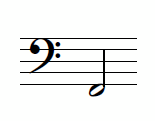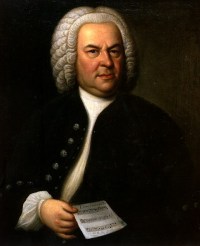Musical keys typically have 0 to 7 sharps or flats, but we can imagine adding any number of sharps or flats.
When you go up a fifth (seven half steps) you add a sharp. For example, the key of C has no sharps or flats, G has one sharp, D has two, etc. Starting from C and adding 30 sharps means going up 30*7 half-steps. Musical notes operate modulo 12 since there are 12 half-steps in an octave. 30*7 is congruent to 6 modulo 12, and six half-steps up from C is F#. So the key with 30 sharps would be the same pitches as F#.
But the key wouldn’t be called F#. It would be D quadruple sharp! I’ll explain below.
Sharps are added in the order F, C, G, D, A, E, B, and the name of key is a half step higher than the last sharp. For example, the key with three sharps is A, and the notes that are sharp are F#, C#, and G#.
In the key of C#, all seven notes are sharp. Now what happens if we add one more sharp? We start over and start adding more sharps in the same order. F was already sharp, and now it would be double sharp. So the key with eight sharps is G#. Everything is sharp except F, which is double sharp.
In a key with 28 sharps, we’ve cycled through F, C, G, D, A, E, and B four times. Everything is quadruple sharp. To add two more sharps, we sharpen F and C one more time, making them quintuple sharp. The note one half-step higher than C quintuple sharp is D quadruple sharp, which is enharmonic with F#.
You could repeat this exercise with flats. Going up a forth (five half-steps) adds a flat. Or you could think of a flat as a negative sharp.



